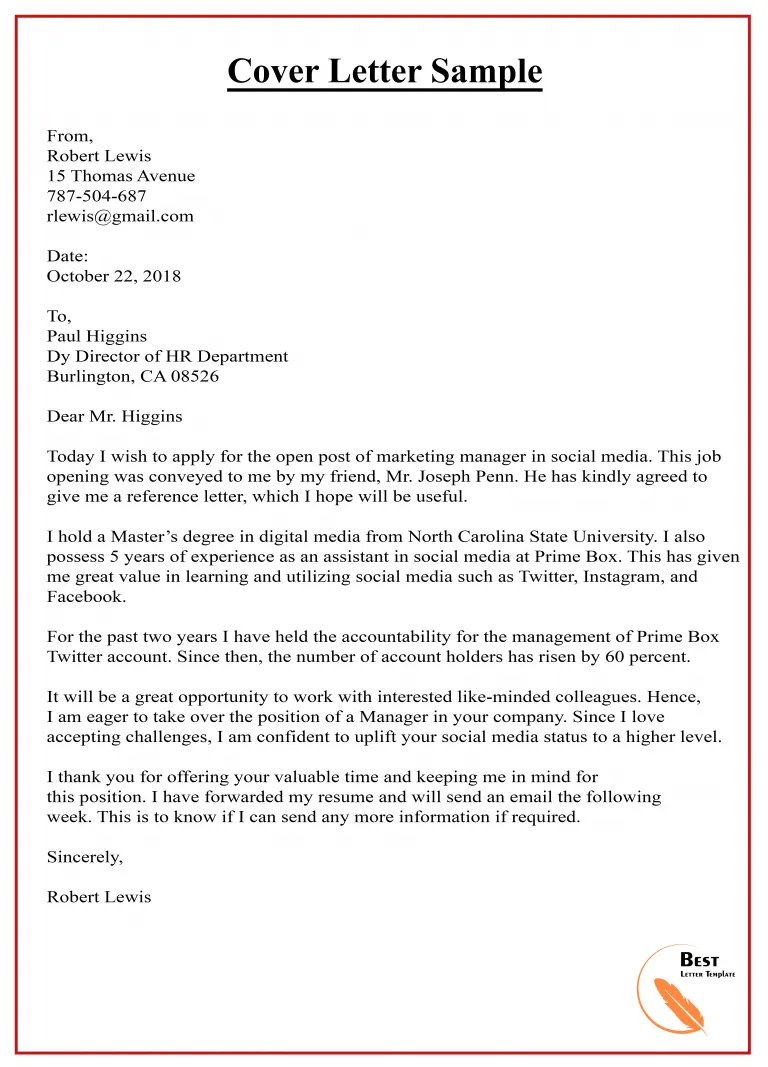Understanding the Importance of a Cover Letter
In the competitive landscape of modern job hunting, a well-crafted cover letter is no longer optional; it’s essential. Many job seekers often focus solely on their resumes, overlooking the crucial role a cover letter plays in making a strong first impression. A cover letter serves as your personal introduction, allowing you to express your personality, highlight your skills, and demonstrate your genuine interest in the specific role and company. It provides a platform to expand on your resume, offering a narrative that connects your qualifications to the employer’s needs. Therefore, mastering the art of writing effective cover letters is a critical step towards securing your dream job. Moreover, it provides you a platform to talk about what is not in your resume, giving the recruiter a better understanding of who you are.
Why Cover Letters Matter
Cover letters matter for several compelling reasons. They allow you to personalize your application, showing that you’ve taken the time to understand the specific requirements of the job and the values of the company. This level of personalization can set you apart from the numerous applicants who submit generic resumes. Cover letters are your opportunity to showcase your communication skills, a vital asset in any professional environment. Through your writing, you can demonstrate your ability to articulate your thoughts clearly, concisely, and persuasively. A well-written cover letter can also help you address any potential gaps or concerns in your resume, such as career transitions or periods of unemployment, providing context and reassurance to the hiring manager. You can also use your cover letter to show that you understand the company values and how you align with it.
How Cover Letters Benefit You
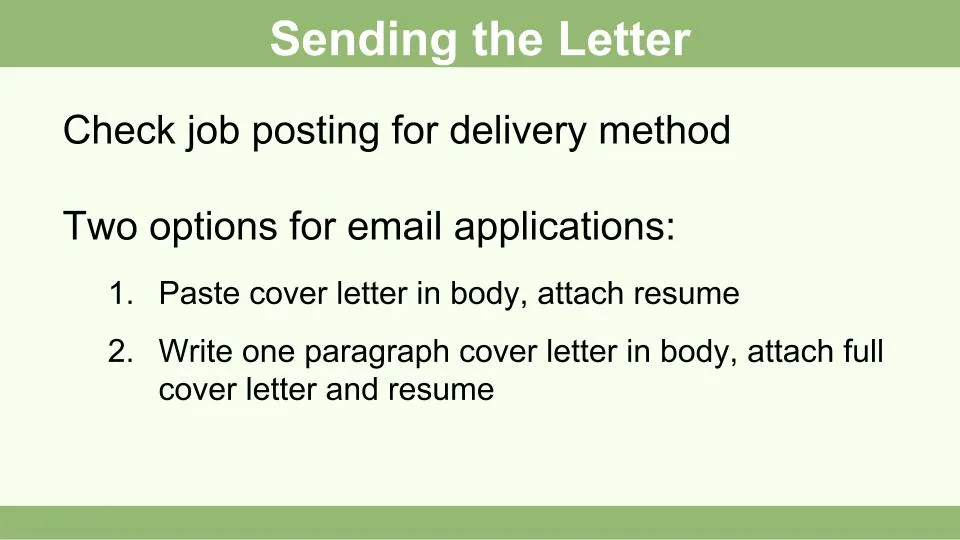
The benefits of a compelling cover letter extend far beyond just getting your foot in the door. It’s a tool for building a strong professional brand. By thoughtfully crafting your cover letter, you can project an image of professionalism, competence, and enthusiasm. This carefully curated brand helps you stand out from the crowd. A great cover letter allows you to connect your skills and experiences directly to the job’s requirements. This is more than just a list of qualifications; it’s a story that explains why you are the perfect fit for the role. Additionally, a well-written cover letter also offers a fantastic opportunity to display soft skills such as communication, problem-solving, and teamwork, often hard to convey in a resume. A well-crafted cover letter can significantly increase your chances of getting hired, by capturing the attention of the recruiter.
Cover Letter Examples Structure
Understanding the structure of a cover letter is the first step towards creating a compelling document. A well-organized cover letter is easy to read and allows the hiring manager to quickly grasp your qualifications and interest. The structure typically includes several key sections that work together to tell your story effectively. From the header to the closing, each part plays a vital role in conveying your message. By following the proper structure and utilizing cover letter examples, you can significantly enhance the impact of your application and increase your chances of success. Let’s explore the key components of a well-structured cover letter.
Header and Contact Information
The header of your cover letter should include your name, address, phone number, and email address. It’s also customary to include the date and the hiring manager’s name, title, and company address if you have that information. Ensure your contact information is accurate and professional. This section should be clear, concise, and easy to read, allowing the employer to contact you without any difficulty. It sets the stage for the rest of the letter by providing the necessary details to reach you. By paying close attention to this often-overlooked detail, you demonstrate professionalism and attention to detail, which can greatly influence the hiring manager’s first impression. Make sure your name and contact info is in alignment with your resume.
Greeting and Salutation
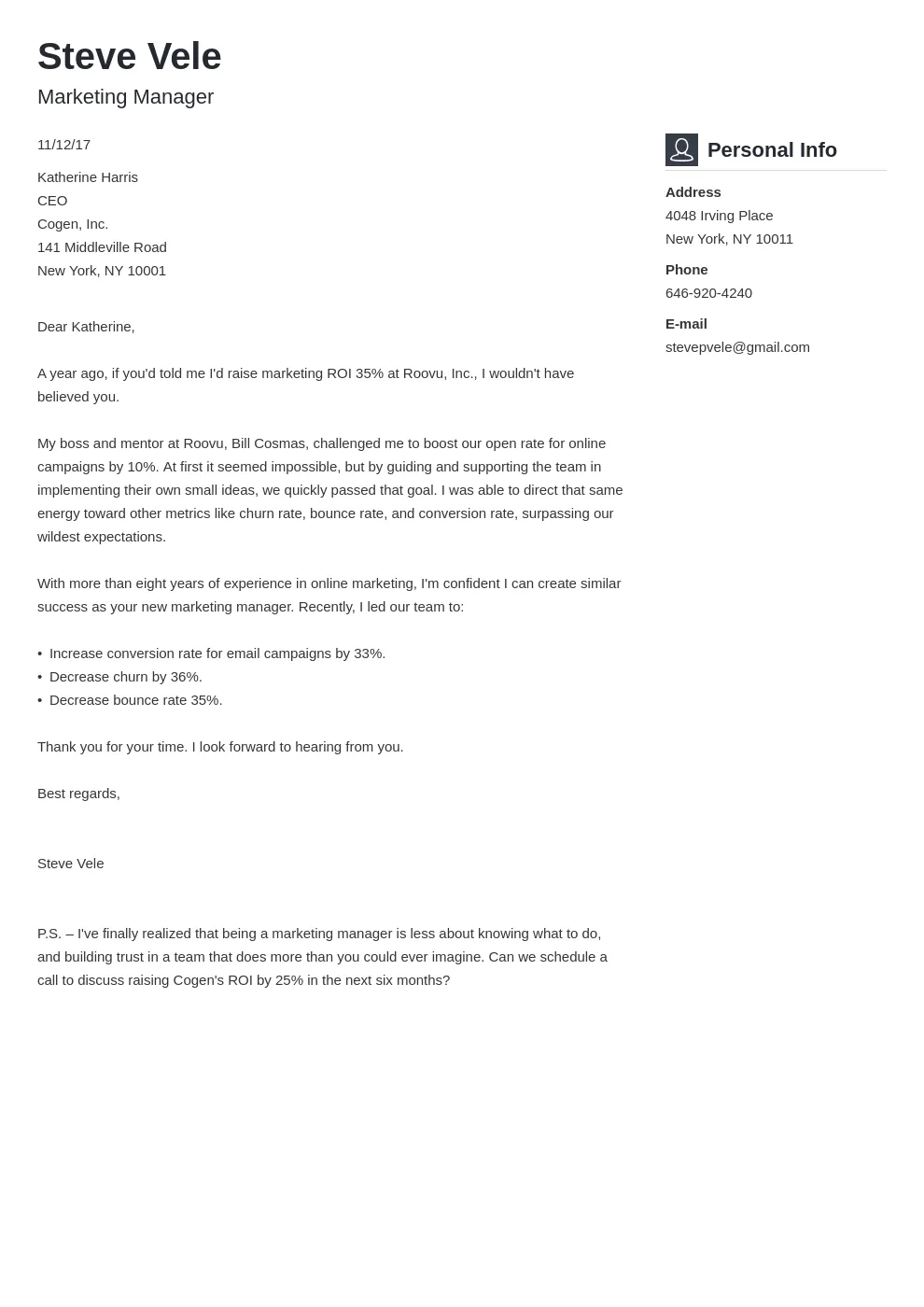
The greeting sets the tone for your entire cover letter. Whenever possible, address the hiring manager by name. This personal touch shows that you’ve done your research and are genuinely interested in the opportunity. If you are unable to find a specific name, use a professional greeting like ‘Dear Hiring Manager’ or ‘Dear [Department Name] Team.’ Avoid overly casual greetings. The salutation should be polite and appropriate. It’s a critical detail that shapes the tone of your communication. The right greeting conveys respect and sets a professional tone, while the wrong one can lead to an immediate disconnect.
Opening Paragraph
Your opening paragraph is your opportunity to grab the reader’s attention. Immediately state the position you’re applying for and where you saw the job posting. Briefly mention why you are interested in the role and the company. A strong opening should be concise, engaging, and tailored to the specific job and company. Clearly indicate the position and express your enthusiasm for the opportunity. It’s about making a positive first impression that encourages the reader to continue with your cover letter. Avoid generic phrases; instead, use the opening to showcase your understanding of the company’s needs and how your skills can contribute to their goals.
Body Paragraphs
The body paragraphs are the heart of your cover letter. This is where you showcase your skills, experience, and accomplishments. Each paragraph should focus on a specific aspect of your qualifications and how they relate to the job requirements. Use the STAR method (Situation, Task, Action, Result) to provide concrete examples of your achievements. Back up your claims with quantifiable results whenever possible. The body paragraphs should be well-organized, easy to read, and compelling. This section requires careful attention to detail and tailoring your content to match the job description. Focus on highlighting your key strengths and demonstrating your value to the company.
Highlighting Skills and Experience
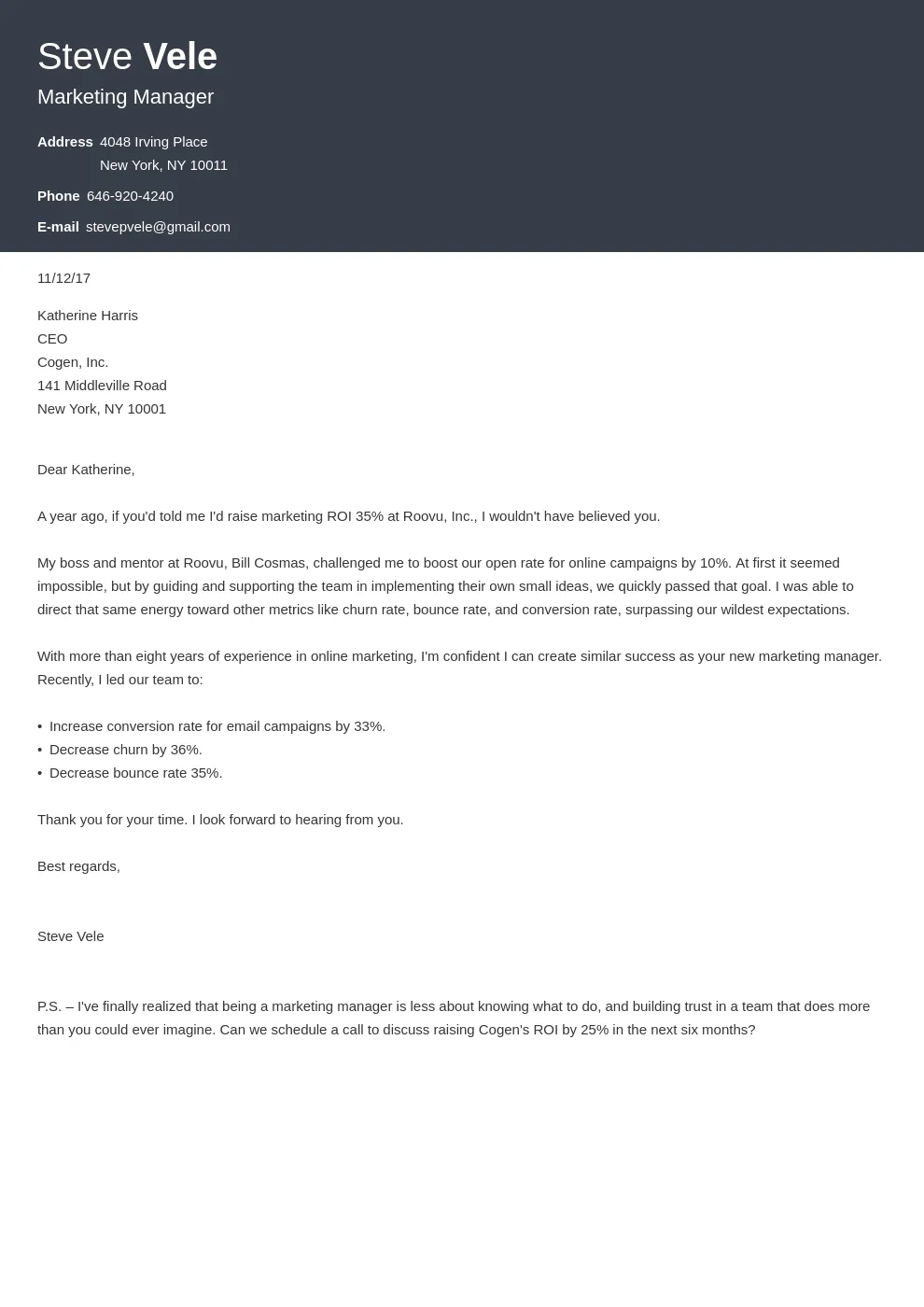
When highlighting your skills and experience, focus on the most relevant qualifications for the job. Review the job description carefully and identify the key requirements. Then, provide specific examples of how your skills and experiences align with these requirements. Use action verbs to describe your accomplishments and quantify your results whenever possible. Show, don’t just tell; provide evidence of your abilities through concrete examples. You can use numbers and data to showcase your achievements and the impact of your work. This will help the recruiter easily understand the value that you can bring to the company and the role.
Demonstrating Enthusiasm and Interest
Show genuine enthusiasm and interest in the company and the position by researching the company and mentioning specific projects or initiatives that resonate with you. Explain why you are excited about the opportunity and how it aligns with your career goals. Tailor your cover letter to the company’s values and culture. Demonstrate that you are not just looking for a job, but a place where you can contribute meaningfully. Highlight how your skills and experience can help the company achieve its goals. Expressing enthusiasm should feel genuine and aligned with your interest in the role and the company. This will show the hiring manager that you are committed to this opportunity.
Closing Paragraph
Your closing paragraph should summarize your key qualifications and reiterate your interest in the position. Thank the hiring manager for their time and consideration. Express your eagerness for an interview and provide your contact information. The closing is your final opportunity to make a positive impression and to encourage the hiring manager to take action. Restate your interest in the opportunity and your enthusiasm for the role. Conclude your cover letter with a strong call to action to encourage the hiring manager to respond. Provide your contact information again to make it easier for the hiring manager to reach you.
Call to Action
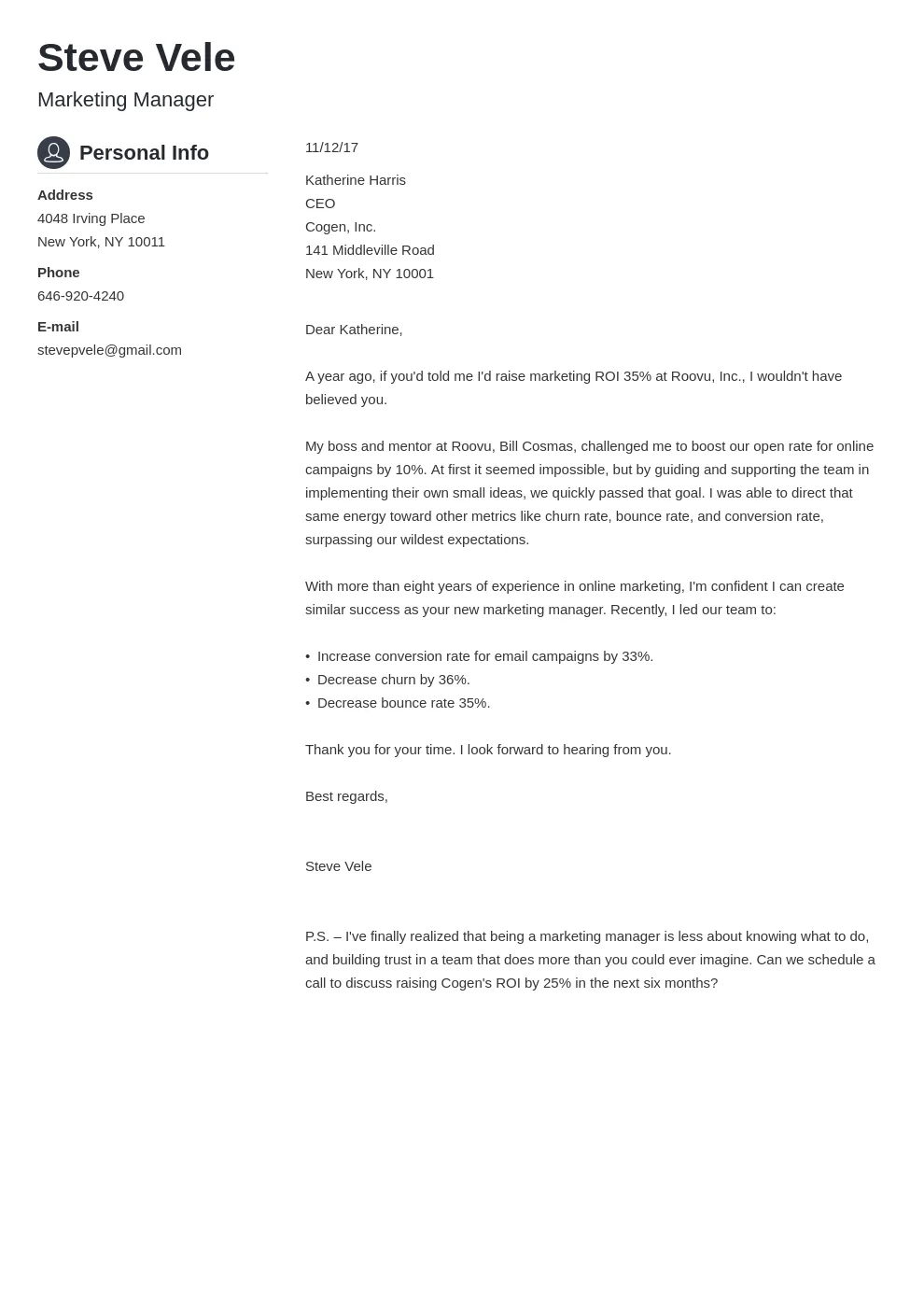
Include a clear call to action, such as inviting the hiring manager to contact you for an interview. Express your availability and willingness to discuss your qualifications further. Make it easy for the hiring manager to take the next step by providing a specific instruction. This is your chance to tell the recruiter what you want them to do next. You want to make it easy for them to give you a positive response. A strong call to action leaves the reader with a clear direction, ensuring they know how to proceed. Consider something like, ‘I am eager to discuss how my skills and experience can contribute to [Company Name]’s success. I am available for an interview at your earliest convenience.’
Sign-off and Contact Details
End with a professional sign-off, such as ‘Sincerely’ or ‘Best regards.’ Reiterate your contact information, including your phone number and email address. This ensures the hiring manager has all the information they need to reach you. Double-check for any errors and ensure all your information is correct. The sign-off should be professional and appropriate for the specific situation. This final detail ensures that you are always accessible, reinforcing your enthusiasm for the opportunity. You can make it easier for the hiring manager to contact you by restating your information.
Cover Letter Examples by Industry
Cover letter examples vary significantly depending on the industry. Understanding the specific conventions and expectations of the field is crucial. While the fundamental structure of a cover letter remains the same, the tone, style, and content should be tailored to the industry’s norms. For instance, cover letters in creative industries may be more focused on showcasing personality and artistic flair, while those in more conservative fields, like finance or law, tend to be more formal and detail-oriented. Consider cover letter examples for the following industries to get a good idea.
Cover Letter Examples for Marketing
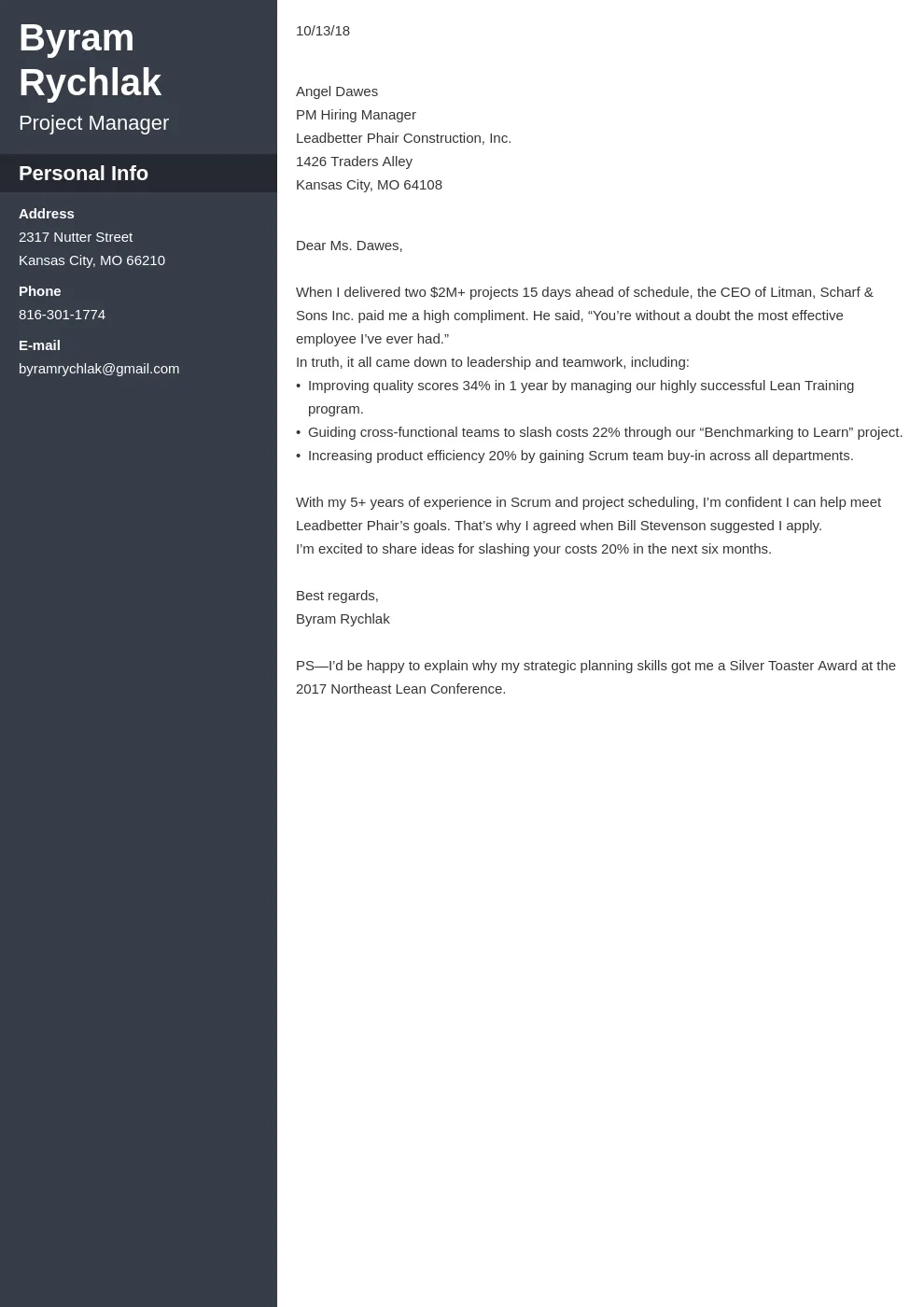
Marketing cover letters should highlight your creativity, analytical skills, and understanding of the target audience. Emphasize your ability to develop successful marketing campaigns, analyze data, and generate results. Include examples of successful projects and campaigns where you have made a direct impact. Showcase your knowledge of marketing trends, tools, and strategies. Marketing cover letters should be engaging and visually appealing. Mention any relevant certifications, specific marketing skills, and the results you delivered. Use these cover letter examples to give you an idea of how to structure it.
Cover Letter Examples for Sales
Sales cover letters need to showcase your ability to close deals, build relationships, and exceed sales targets. Quantify your achievements with metrics and data to demonstrate your sales performance. Highlight your communication, negotiation, and closing skills. Express your enthusiasm for sales and your understanding of the sales process. Sales cover letters should be persuasive and results-oriented. Focus on previous sales achievements, your sales philosophy, and how you can drive revenue. Make sure to use keywords that the recruiter will look for.
Cover Letter Examples for Software Engineering
Software engineering cover letters should showcase your technical expertise, problem-solving abilities, and project experience. Highlight relevant programming languages, tools, and technologies. Describe your contributions to software projects and your ability to work in a team. Emphasize your problem-solving skills, attention to detail, and experience with software development methodologies. Software engineering cover letters need to be concise and focused on technical achievements. Include your skills, projects, and any specific contributions to a project.
Common Cover Letter Mistakes to Avoid
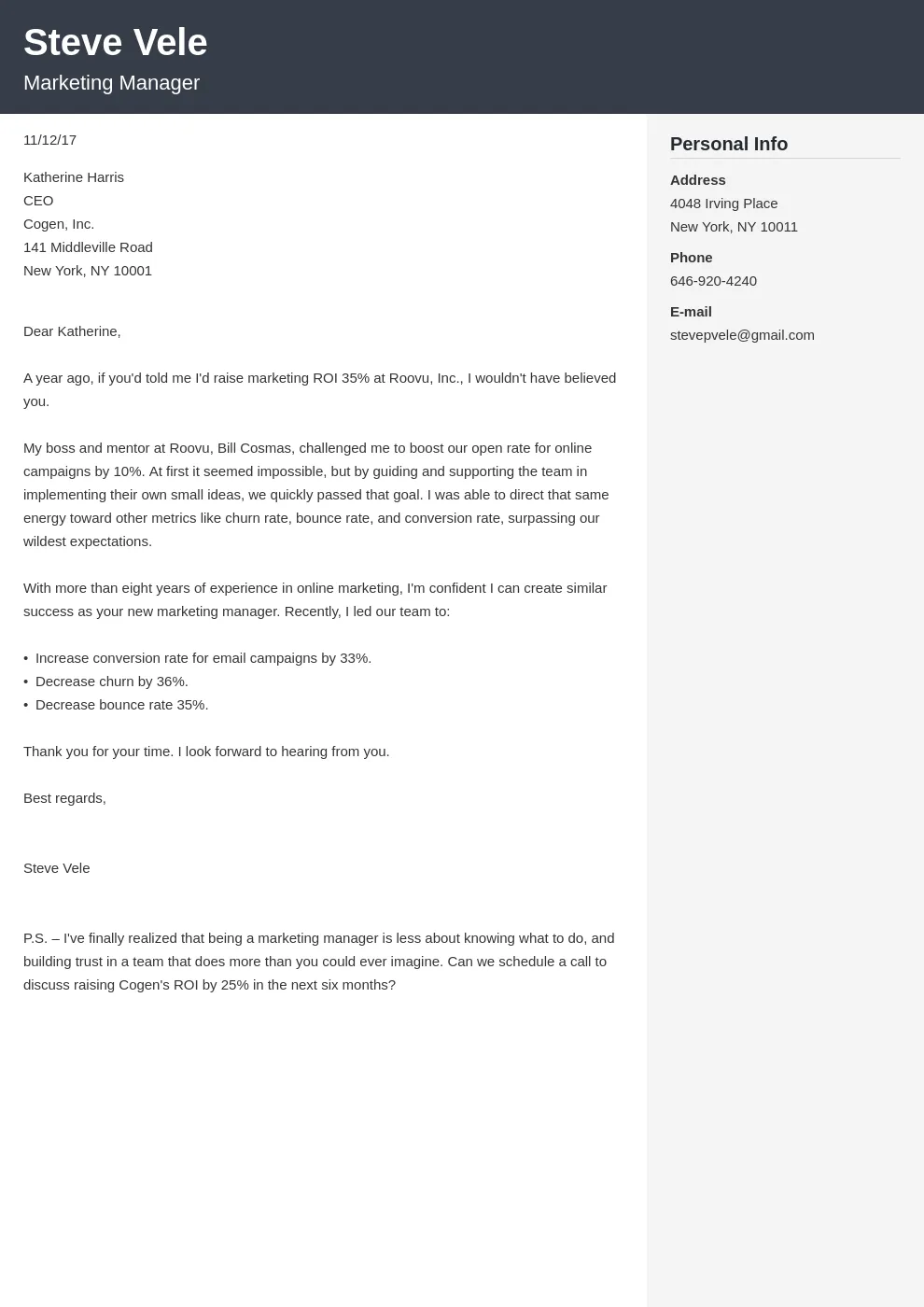
Avoiding common mistakes can significantly improve the impact of your cover letter. Even minor errors can detract from your overall professionalism. Ensure your cover letter is polished and error-free before submitting it. Pay close attention to details and seek feedback from others. Some common mistakes can be detrimental to your job application. Reviewing these mistakes is an important step in the job application process. By avoiding these pitfalls, you can make sure your cover letter stands out for the right reasons.
Typos and Grammatical Errors
Typos and grammatical errors can make you appear careless and unprofessional. Proofread your cover letter carefully and use spell-check and grammar-check tools. Consider having someone else review your cover letter for any errors. A clean, error-free cover letter demonstrates attention to detail and professionalism. Ensure your grammar and spelling are perfect, and use tools to help catch any errors. Always review the cover letter, to be sure it is correct and professional.
Generic and Uninspired Content
Avoid using generic cover letters that could be sent to any company. Tailor your cover letter to each specific job and company, demonstrating your genuine interest. Show the hiring manager that you’ve done your research and understand the company’s needs. Generic content shows a lack of effort and can signal a lack of genuine interest. Personalize your cover letter to showcase why you’re interested in the specific role and company. Personalize each cover letter, and avoid sending the same generic letter to every job.
Lack of Customization
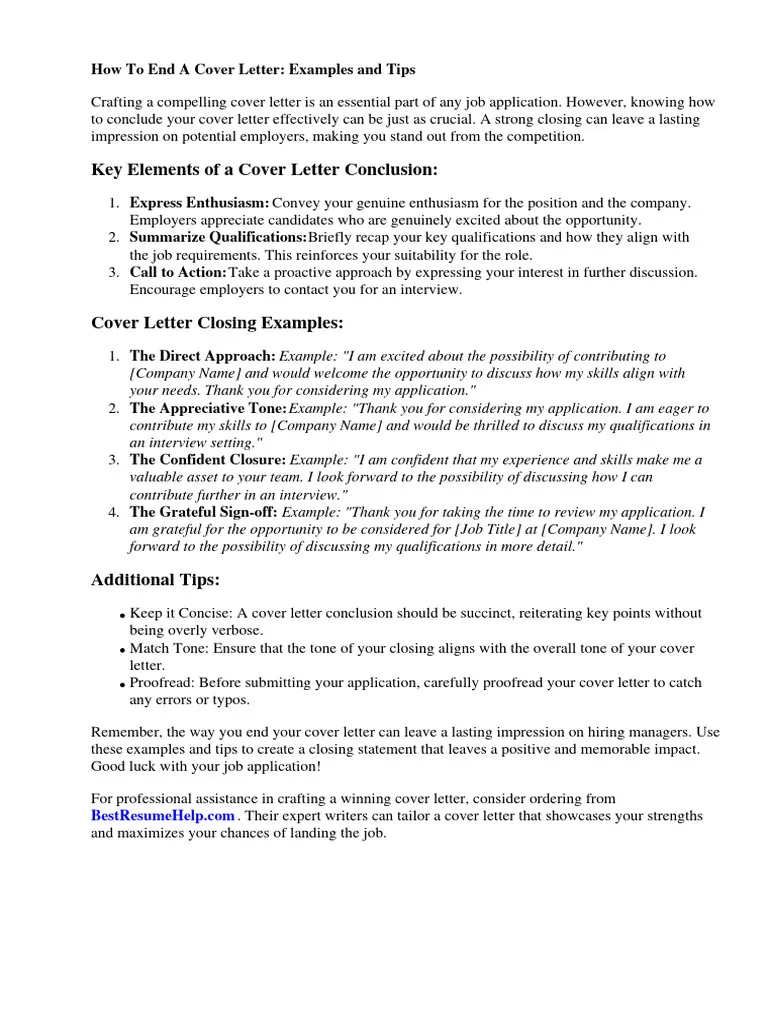
A lack of customization indicates that you haven’t taken the time to adapt your cover letter to the job requirements. Review the job description carefully and highlight relevant skills and experiences. Tailor your cover letter to match the company’s specific needs and values. This shows the hiring manager that you have invested time and effort into the application. Make sure you tailor your cover letter so that it focuses on the company, and highlights how you can solve any issues they are experiencing. Customize each letter to show you are a good fit for the job.
Overly Formal or Informal Tone
Maintain a professional and appropriate tone throughout your cover letter. Avoid being overly formal or informal, depending on the company’s culture. Research the company culture and tailor your tone accordingly. Strive for a balanced approach that demonstrates professionalism while still allowing your personality to shine through. Understand the tone of the company and mirror it in your cover letter. Be professional and respectful, and show you are a good fit for the job and the company.
Using Cover Letter Examples Effectively
Cover letter examples can be invaluable resources, but using them effectively is key. Rather than copying and pasting, use examples as inspiration and guidance. Tailor the content to your unique qualifications and the specific job requirements. Focus on how your skills and experiences align with the company’s needs. Review a wide variety of cover letter examples to get a sense of different styles and formats. Cover letter examples can show you the general outline and structure, but you have to customize it. Use it for inspiration, but always tailor it to fit your individual profile and the specific job.
